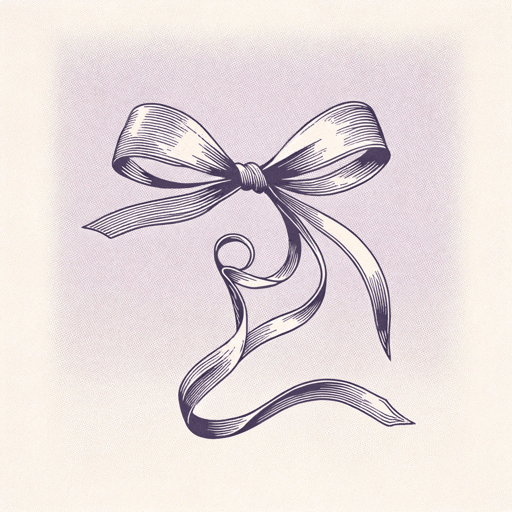19 pages • 38 minutes read
William Butler YeatsNo Second Troy
Fiction | Poem | Adult | Published in 1916A modern alternative to SparkNotes and CliffsNotes, SuperSummary offers high-quality Study Guides with detailed chapter summaries and analysis of major themes, characters, and more.
Further Reading & Resources
Related Poems
“Ozymandias” by Percy Bysshe Shelley (1818)
One of Yeats’s first major influences, Percy Bysshe Shelley wrote on many ancient subjects. While Yeats’s poem emphasizes the fall of Troy, Shelley’s reflects on the emptiness and ephemerality of all earthly achievements.
“Ulysses” by Alfred, Lord Tennyson (1842)
Alfred, Lord Tennyson is one of the most prominent poets of the Victorian era. Like Yeats’s “No Second Troy,” “Ulysses” uses ancient Greek stories as a vehicle for the author to explore personal difficulties. Tennyson’s poem is named after the Latin name for the ancient Greek hero Odysseus, who fought during the Trojan War. Tennyson wrote “Ulysses” shortly after the death of his friend Arthur Henry Hallam, and the poem conveys Tennyson’s loss through the voice of its speaker.
“A Man Young and Old” by William Butler Yeats (1928)
Yeats was constantly experimenting with new forms of poetry, and many of his most experimental works appeared later in his life. “A Man Young and Old” is one of Yeats’s final returns to his relationship with Maud Gonne. Yeats’s poetry rarely names Helen of Troy directly, but the connection between Maud and “[s]he who had brought great Hector down / And put all Troy to wreck” (Lines 79-80) remains consistent throughout Yeats’s work.
Related Titles
By William Butler Yeats
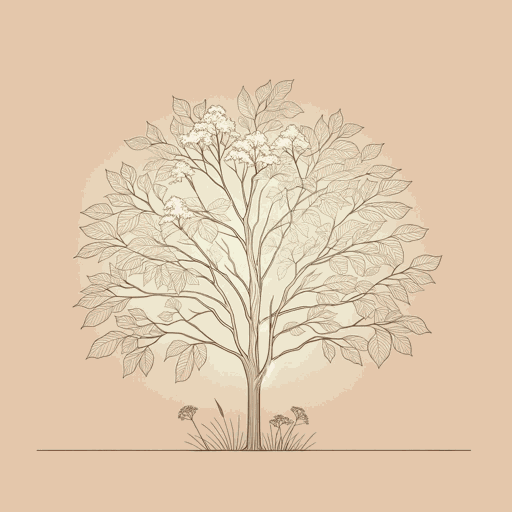
Among School Children
William Butler Yeats

A Prayer for My Daughter
William Butler Yeats
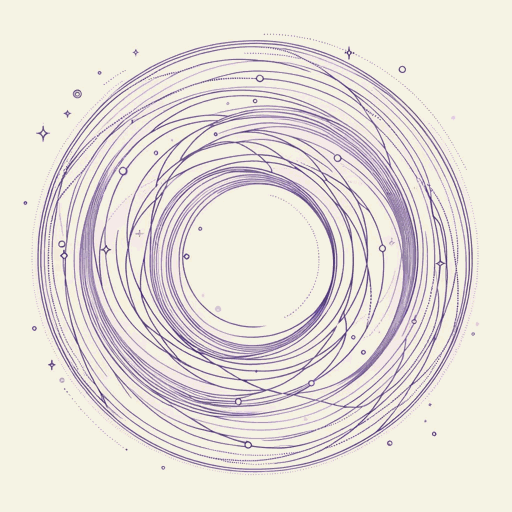
A Vision: An Explanation of Life Founded upon the Writings of Giraldus and upon Certain Doctrines Attributed to Kusta Ben Luka
William Butler Yeats

Cathleen Ni Houlihan
William Butler Yeats

Crazy Jane Talks with the Bishop
William Butler Yeats
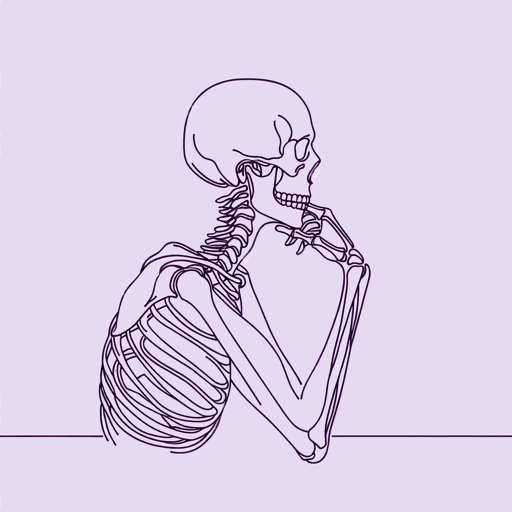
Death
William Butler Yeats
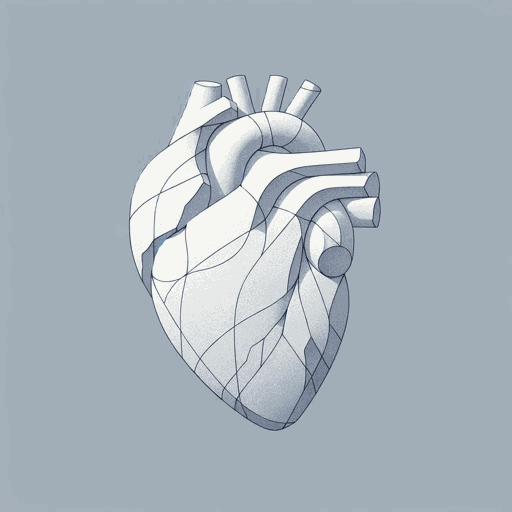
Easter, 1916
William Butler Yeats

Leda and the Swan
William Butler Yeats

Sailing to Byzantium
William Butler Yeats

The Lake Isle of Innisfree
William Butler Yeats
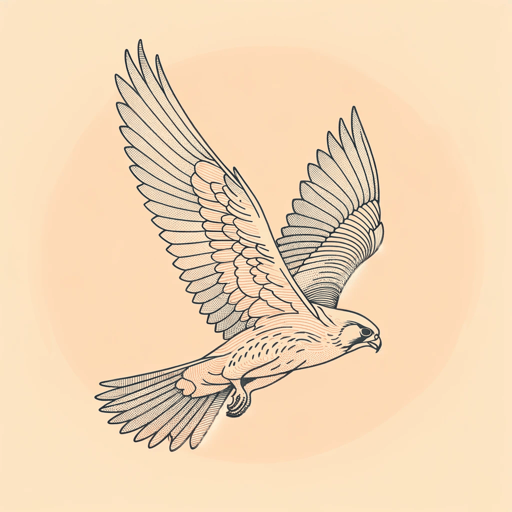
The Second Coming
William Butler Yeats
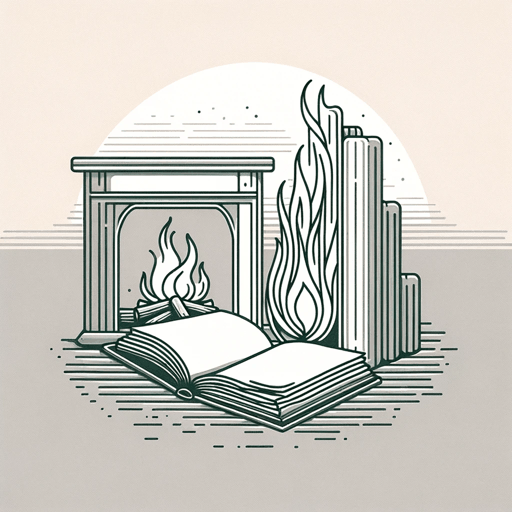
When You Are Old
William Butler Yeats
